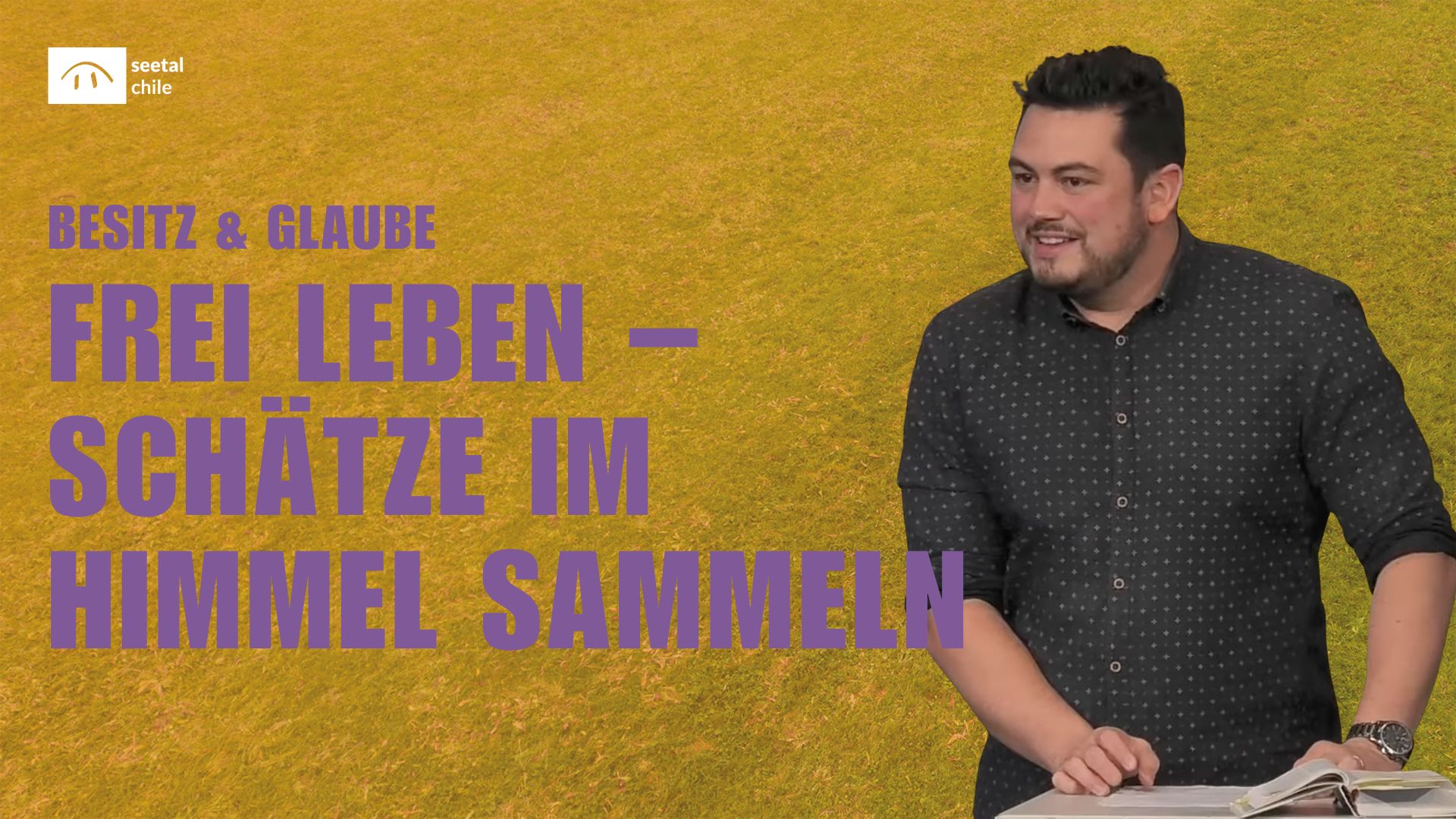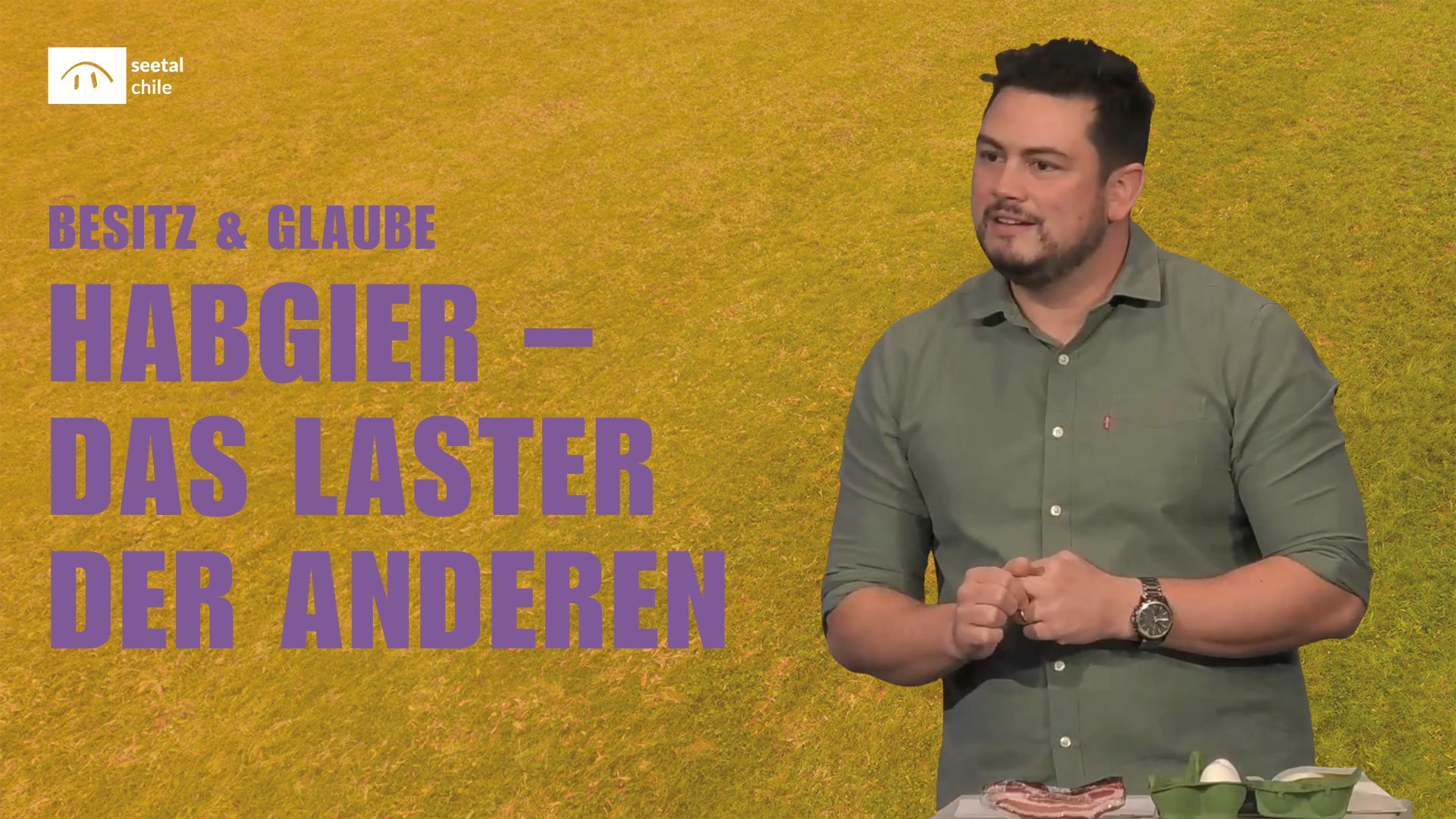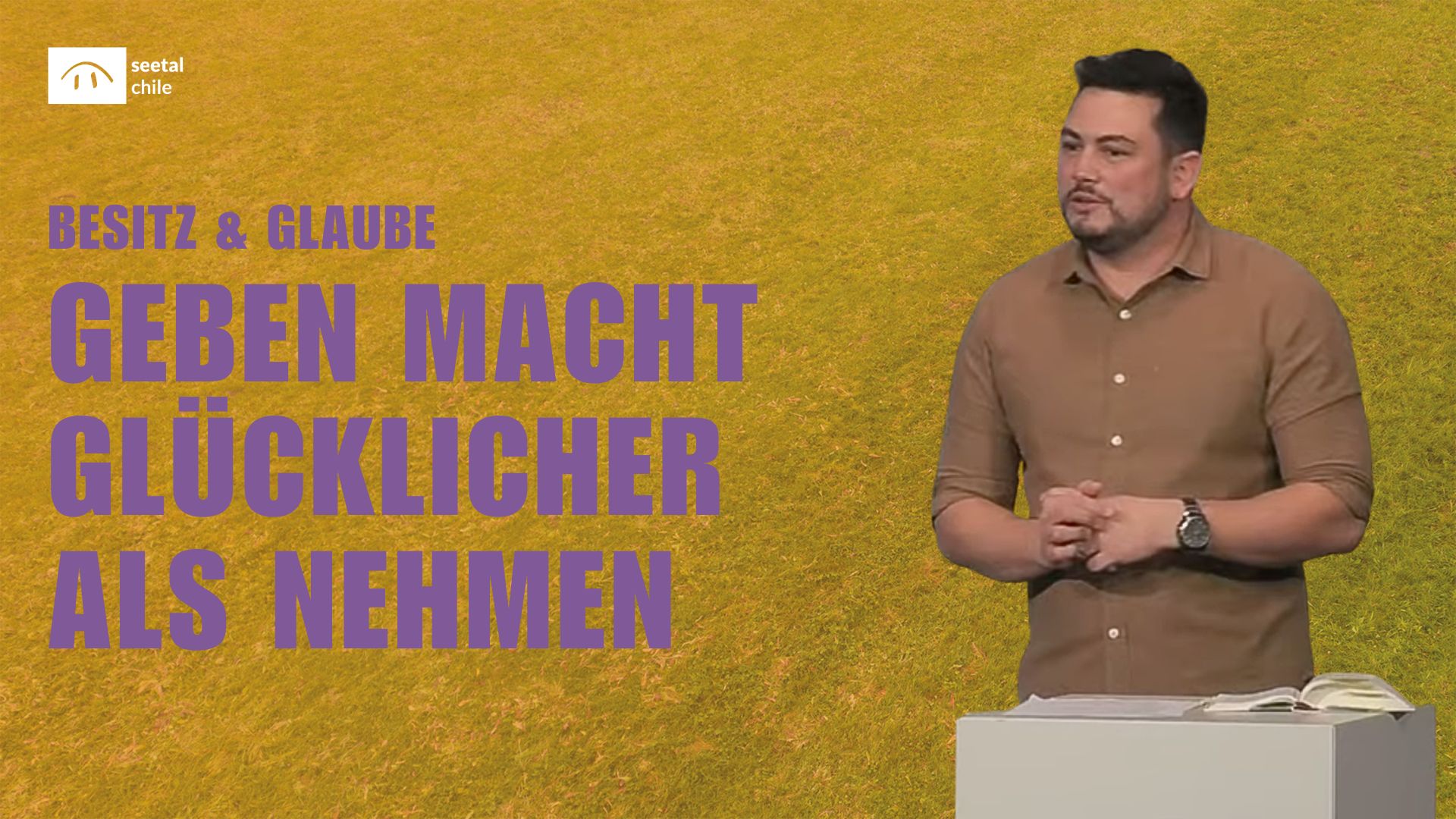Practical succession
Jesus is risen. As redeemed and reconciled people, we are called to discipleship and equipped with wisdom and strength by the Holy Spirit. But what should this discipleship consist of in practical terms? Jesus himself explains this to us in his example of the Good Samaritan. In its figurative language, this example is both an explanation and a challenge.
A man falls among the robbers. He goes from Jerusalem (where God lives) to Jericho (the condemned city). Is it his own fault? In any case, Jesus begins his example of discipleship with this man. Shortly before, a teacher of the law had asked how to live a proper life with God. The right answer was:
«You shall love the Lord your God with all your heart, with all your soul, with all your strength and with all your mind. And: «Love your neighbour as yourself»(Luke 10:27 NLB). Or to put it another way: if you want to love God, you should love your neighbour.
«Do this…!» said Jesus.
But how does that work in practice? That’s what the teacher of the law wanted to know. Jesus then gave the following example:
«Then Jesus answered and said, «There was a man going down from Jerusalem to Jericho, and he fell among the robbers, who stripped him and beat him and departed, leaving him half dead.Now it happened that a priest was going down the same road, and when he saw him, he passed by.Likewise also a Levite: when he came to the place and saw him, he passed by.But a Samaritan who was travelling came there, and when he saw him, he was distressed; so he went to him, poured oil and wine on his wounds and bandaged them, lifted him up on his animal, brought him to an inn and nursed him.The next day he took out two pennies and gave them to the innkeeper, saying, «Take care of him; and if you spend more, I will pay you when I come back» (Luke 10:30–35 LUT).
This example of Jesus is full of clues and images for our lives. Let’s discover some of them:
Part 1: Man on the way
A man is on his way from Jerusalem to Jericho. He leaves the city where God lives at 750 metres above sea level and walks downhill to Jericho, the condemned city which, according to Joshua 6:26, should never have been rebuilt – 250 metres below sea level.
- It is the image of fallen humanity, which has distanced itself from God, on the path to damnation that will end in death.
The man is caught by the robbers, who strip, beat him, make off and leave him half dead.
- Man, who is distanced from God, falls under the control of the devil, who hates people, God’s creatures. He wants to rob people and take their lives:
- Naked as after the fall of man – without a garment – without forgiveness and reconciliation
- Beaten, destroyed
- Abandoned, alone
- Half-dead – existence without life.
This person is the very image of a person without God. He needs help, salvation, healing, reconciliation. There are so many people living around us who may not have fallen victim to robbers physically, but who are travelling along the same paths and have been attacked, robbed, maltreated and half-killed by robbers of the heart. Too much to die, too little to live.
Part 2: Three men who could help
Discipleship means loving your neighbour: three men meet this «neighbour»:
First comes a priest. He goes down the same road. He sees the maltreated man, but simply passes by. A priest is one called by God to bring sacrifices for reconciliation – to be God’s mouthpiece. But he is on the same wrong path. No empathy for the plight of man. He is certainly religious, but misses the real target – the neighbour. A Levite would be a servant of the Lord called by God for the practical service of God. He too is on this road to Jericho, he sees the injured man, passes by and also misses his mission to his neighbour.
Then a Samaritan comes along. He is travelling – not on his way to Jericho. He also comes across the man. When he sees him, he «laments», the Samaritan is touched. Jesus describes this «lamentation» several times: at the sight of the scattered people without a shepherd, the blind man, the leper, the widow with her dead son… Jesus allows himself to be touched by people’s suffering. This feeling is often described as compassion and cited as an essential characteristic of God and Christ. As followers of Christ, we too should be merciful:
«I want you to be merciful; I do not want your sacrifices» (Hosea 6:6 NLB).
In contrast to pity, where I sympathise with someone who has suffered through no fault of their own, mercy means having compassion for a person who has fallen into suffering through their own fault. This compassion characterises our Samaritan. Although the person was on the wrong path, the Samaritan helps. This «allowing oneself to complain» is the key moment in Jesus» example.
What do we see with these three men?
The priest and the Levite symbolise a pragmatic religiousness. The Good Samaritan is about people. It is the same with Christ: following him is not primarily about religious issues, but about people.
The Samaritan did not specifically set out in search of people, but he was prepared to encounter injured people on his journey.
Now – which of these three people are you, am I? Do I see my neighbour, even if he is lying down through his own fault?
Part 3: The Samaritan and his service
The Samaritan’s subsequent actions show the effect of divine mercy. The Samaritan is an image of Christ’s actions, which we as his followers, empowered by the Holy Spirit, are now to live out in the same way as ambassadors of Christ:
- And he went to him: Don’t let them come, but go. Compassionate people, followers of Christ are moved people.
- Wash the wounds with oil: To wash wounds means to cleanse from dirt. Oil stands for the Holy Spirit. The Holy Spirit wants to lead people into the truth – also about themselves. Where have you/m I been wronged, where have you/have I done wrong? We need truth in our lives, we need cleansing so that we can be saved.
- Wash the wounds with wineThe alcohol disinfects and closes the pores and protects against further dirt. The wine with its alcohol is also an image of the Holy Spirit. The Holy Spirit explains to us the meaning of the sacrifice of Jesus Christ, who took the punishment of death in our place and the resulting grace of God that he forgives our sins – forever.
- For wine to be made, grapes must be crushed and a fermentation process is required. Christ took all the filth of this world upon himself, died on the cross, was dead for three days and rose again. On the basis of this sacrifice for us, we receive salvation by grace (an undeserved gift).
The Spirit of God reveals the truth to us and explains the grace that is in Jesus Christ.
«He, who is the Word, became man and lived among us. He was full of grace and truth» (John 1:14 NLB).
As Samaritans sent by Christ, we are now to bring the gospel of truth and grace to wounded people.
«But God declares us righteous by grace. It is his gift to us through Jesus Christ, who has freed us from our guilt» (Romans 3:24 NLB).
The truth sets us free, grace reconciles us with the heavenly Father. Christ has «washed away» everything that stood between us and God through his sacrifice.
- Bandage the wounds: Protect them from further injury, give them space to heal, support them. Injured people need «bandages» that we apply to them. The bandages are God’s promises that teach us to think correctly and thus heal our injuries.
- Pick up on your own animal: The image that we allow injured people into our own lives. We often shy away from this. The Samaritan’s saddle could have been stained with blood. As the half-dead man is sitting on the animal, the Samaritan has to walk, which is difficult. But the Samaritan allows his own discomfort in order to help the other person and is not afraid to include his own belongings. He goes out of his comfort zone. So let us also allow those in need into our homes and into our lives.
- Take them to the hostel and care for them or have them cared for there: The hostel is an image of the Christian community. There I continue to look after people entrusted to me. Others look after the injured person there
- The price has been paid: The Samaritan pays for now and for later – everything is paid for. Jesus has paid the price for our guilt, our injuries, our healing, our restoration – for everything – for my past, for my present and for my future.
What did the injured man have to do? Nothing – but he allowed himself to be treated. If you too are such an injured person, then come to Christ and his grace and truth and you will be healed.
What did the Samaritan do? Did he heal the injured person? No – but he created space for healing. Healing comes from God.
That was the example of Jesus. What does that mean for me?
Jesus asks the teacher of the law and therefore also you and me, who want to be followers: Who has best fulfilled the mission of love for their neighbour? Who has lived discipleship correctly?
«Which of these three, thinkest thou, was neighbour unto him that fell among the thieves? He said, «The one who showed mercy to him. Then Jesus said to him: So go and do the same!» (Luke 10:36–37 LUT).
Possible questions for the small group
Bible text: Luke 10:27–37
- Why did the priest and the Levite in the story of the Good Samaritan see the injured man, but just kept walking?
- To what extent can the suffering of others influence or even affect my life?
- For which people am I responsible for providing assistance?
- How are love for God and love for our neighbour connected and what does this have to do with discipleship?




